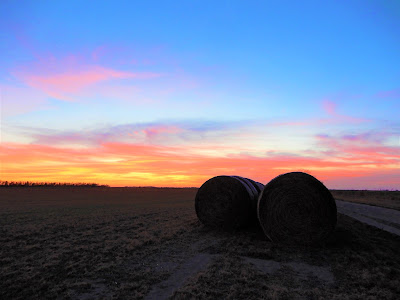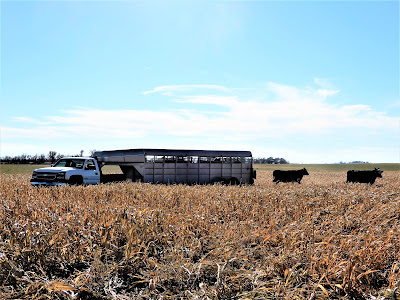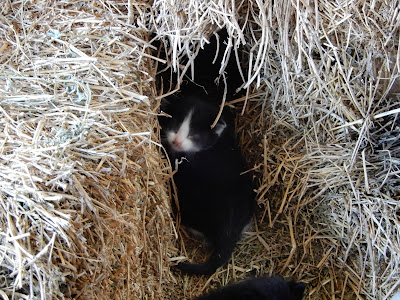This image on a friend's Facebook page was one of the first things I saw when I unplugged my phone from the charger Monday morning. Irises are a favorite, so even though it's a flower more associated with May than November, it caught my eye.
And then there was the poem:
It was a dreary, overcast, chilly morning to begin this week of Thanksgiving. And for many of us, Thanksgiving will look much different this year.
 | |
| November 2018 |
 |
| From two years ago |
The extended family Christmas Eve get-together at my parents has already been canceled for this year. And while it was definitely the thing to do, I am already dreading its absence. In my 63 years on earth, this will be my first time to miss this traditional family gathering that also celebrates my mom's birthday.
I've been furiously looking for silver linings.
"Well, I guess I'll get to go to my church's Christmas Eve service," I originally told myself in a pep talk. (For 40 years, it's been a challenge to gracefully decline participation in this special event - especially when Randy and I say "yes" to pretty much any church task.)
But then came the letter from the Great Plains UMC Bishop, recommending a move back to online worship services. Reading between the lines, it seemed the Bishop was recommending we celebrate Advent and Christmas at home - just like we did Lent and Easter eight months ago.
Last weekend, as worship chair, I canceled our annual Hanging of the Greens to decorate the church for the holidays.
I texted another faithful family to make sure they saw the email cancellation notice. And the "little girl" I used to direct in the Joyful Noise Choir who is now a mom with children of her own texted, "I understand, but it makes me sad."
I texted back an emphatic, "Me too!!" complete with too many exclamation points.
So for Thanksgiving Sunday, I wrapped Christmas presents and listened to the fabulous organist at Wichita's First UMC play "Now Thank We All Our God" and "We Gather Together" instead of playing them on piano myself. Now that I'm the regular pianist at our church, I'd ordered a seasonal book and was practicing solo arrangements for our Stafford UMC service.
Oh well, I sighed.
The Mary Oliver poem was just another "nudge" in my quest for silver linings. The night before, I'd finished the book Everything Beautiful in Its Time: Seasons of Love and Loss by Jenna Bush Hager. I told both Jill and my sister that it was the right read for this week of Thanksgiving.
I must admit I'm a little jealous of celebrities who seem to have a Willy-Wonka-like "golden ticket" to publishing books. I'm sure her celebrity got her foot in the door of William Morrow Publishing, but if I'm honest, she writes well, and I enjoyed the book. In fact, I'd recommend it.

The impetus for the book was losing three grandparents in just a year's span. That grief is different from what most of us are feeling right now. But the loss of these hallmarks of our family life - like Thanksgivings around a family table or Christmas in a farm shed - are grief, too.
In the book, Jenna Bush Hager detailed some of her grandparents' "rules for living." These are just a few from her grandpa, former President George H.W. Bush:
- Don't get down when your life takes a bad turn.
- Don't blame others for your setbacks.
- When things go well, always give credit to others.
- Don't be afraid to shed a tear when your heart is broken or because a friend is hurting.
And from her non-famous grandparents - her mom's parents Jenna and Harold Welch - this one stood out to me:
- Get out of bed to go look at the stars - and always, always wish upon the first star you see.
So the poem about the blue iris - and most especially the weeds and the small stones - seemed to just continue to reiterate the message. It was a "God wink," as another friend calls it.
... who "breakfasted" for a couple of weeks in a field not far from our house ...
... or in sunset skies But in this week of Thanksgiving, I hope to notice them all - blue irises, mud and all.
 |
| Handiwork by my late mother-in-law, Marie |





























































